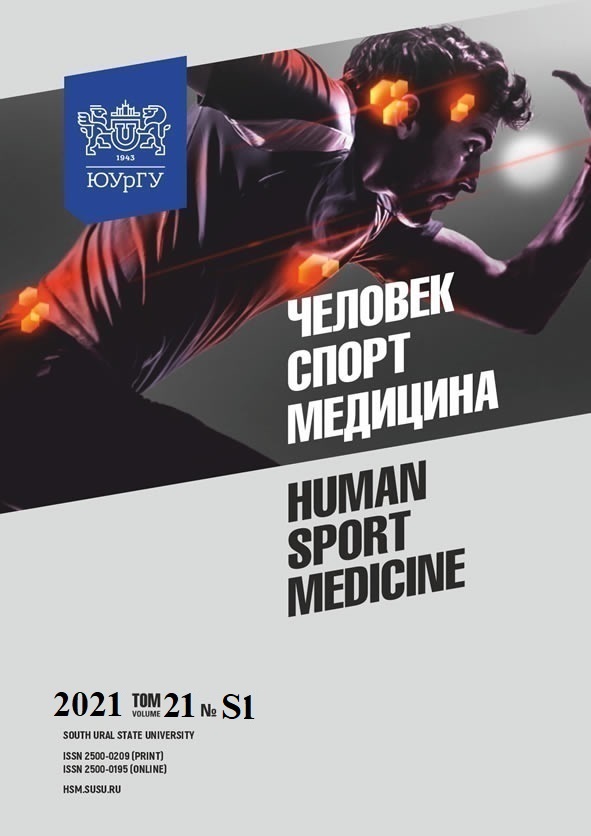CORRELATION BETWEEN BODY COMPOSITION AND SPEED QUALITIES IN FOOTBALL PLAYERS AT THE STAGE OF SPORTS SPECIALIZATION
Abstract
Aim: the study aims to reveal the correlation between body composition and control exercises, as well as to receive quantitative data of these correlations in the form of pair coefficients and to find the effective means for developing speed qualities. Materials and methods. Analysis of morphological and functional parameters was conducted by means of bioimpedance measurement. Assessment of speed qualities was conducted by using the Racetime 2 (Microgate) device, which provided measurement accuracy at the stage of sports specialization. Statistical processing was carried out by using the SPSS program for parametric and non-parametric correlation. Control exercises included the following: 10-meter run, 30-meter run, 5×30 shuttle run, 8 test. Results. The Bravais-Pearson method allows to establish that 10-meter run correlates only with body length data. The Kendall method shows that 10-meter run has an average correlation coefficient with the growth rate (r = 0.556) and a weak correlation with total body fat percentage and total body water (r = –0.327, r = 0.266, respectively). The Spearman method demonstrates that 10-meter run has an average corelation with body length data (r = 0.590), an inverse correlation with total body fat percentage and a below average correlation with somatotype (r = –0.443, r = 0.285, respectively). Conclusion. A close correlation was found between the metabolic rate and both body water (r = –0.92) and muscle mass (r = 0.49). A direct correlation was found between the metabolic rate and muscle mass (r = 0.1). As a result of the study, the recommendation can be made to pay attention to those exercises that contribute to athletic development at the stage of sports specialization.
References
References on translit
Copyright (c) 2021 Human. Sport. Medicine

This work is licensed under a Creative Commons Attribution-NonCommercial-NoDerivatives 4.0 International License.















